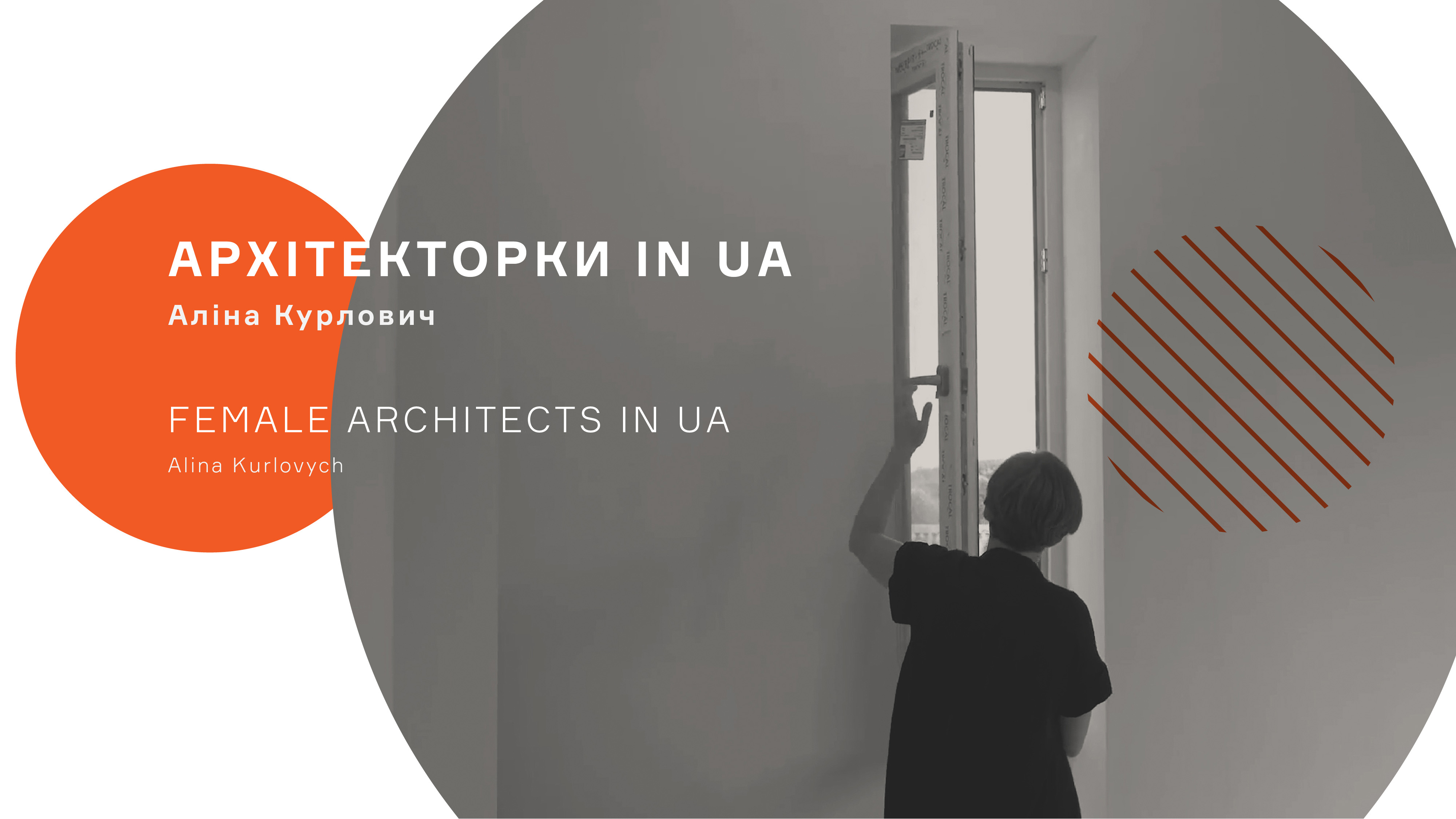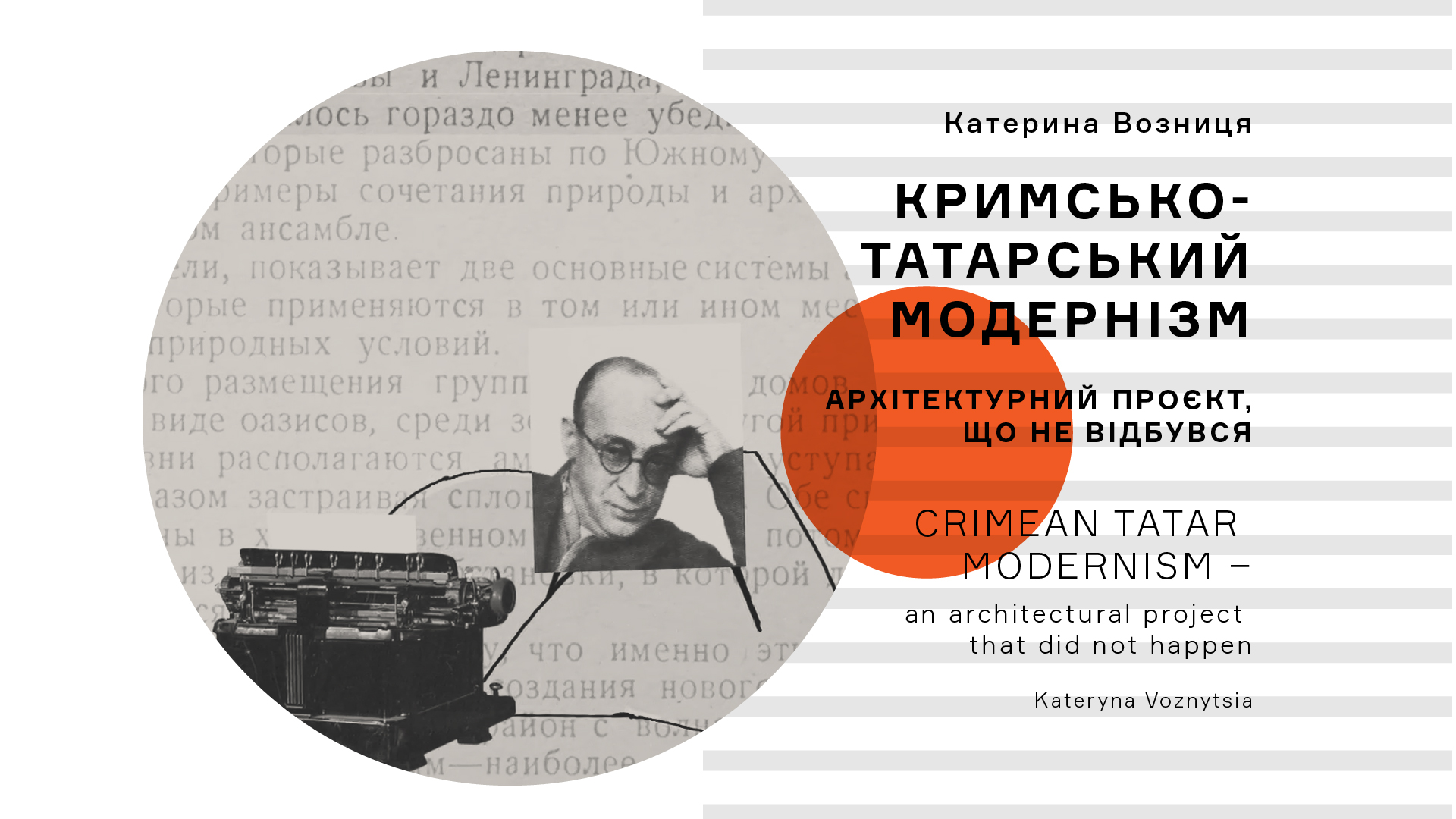Migrations are different story. Stormy or peaceful, they always happen like a natural phenomenon that cannot be prevented. If immigration is moderate rainfall that the local soil is able to absorb, then migration is as a tsunami – a huge wave that changes everything in its path.
Eco's observation provides a better understanding of the phenomenon of Renaissance architecture and ideas spreading across Europe. We perceive it as a movement, a wave. But at the same time, it was created by small numbers of immigrants.
By the end of the Middle Ages, Italy had no political unity. Instead, it was the most urbanized territory in Europe, divided between many "antichi Stati italiani" – city-states. Cities were constantly in fierce competition for control of trade routes. The more successful, in the end, received wealth, influence and development.
Each of the cities formed its own unique political structure. Although in practice the same Venice, Florence or Milan were oligarchic, Italian cities were distinguished by participatory forms of government. As a result, relative political freedom contributed to the discussion of ideas and the possibility of artistic search. Apart from that, wealthy Italian oligarchs had the means to become patrons and fund Renaissance art and architectural projects.
Where could the inhabitants of Italian cities get their ideas, if not from the material evidence of ancient greatness – ancient Roman buildings? Many of these cities were literally built between the remnants of antiquity. And here the Greek language, brought by Greek immigrants, becomes the key with the help of which this antiquity is deciphered. Greek scholars moved from Byzantium, which in the 13th and 15th centuries gradually moved to its demise, to Italy, which, on the contrary, experienced a significant rise. They bring with them an important tool – knowledge of the Greek language, which will be used by Italians. This gave impetus to the re-reading of ancient heritage, including mathematics and architectural theory.
Italian architects rediscovered symmetry and proportion – the supporting pillars on which antiquity stood. Two key figures for the Italian architectural Renaissance were Vitruvius and Filippo Brunelleschi. The ancient architect Vitruvius gave the idea of proportionality, brought to the level of concept in the "Vitruvian Man" by da Vinci. And the Renaissance architect Brunelleschi gave a direct linear perspective, the search for which began with Giotto.
Prior to that, in the Middle Ages, the European cultural space was dominated by the Byzantine icon-painting canon with the opposite perspective. An icon is a window into the sacred world, which operates according to rules different from the earthly ones. Therefore, in front of a person looking at him, this world is spreading wide. Direct perspective "grounds" the image, makes it similar to what we see in the surrounding world. At the same time, such approach lays the foundations for the "uncharming of the world": art and architecture are addressed to a person, not to God.
The discoveries of the Italians caused a real ideological migration – a Renaissance wave that completely changed the territories it came to. The modernization process, which, as in other periods, was characterized by the creation of a canon and its imposition, regardless of local specifics. For some countries, modernization has become a forcible phenomenon, as in the case of the Americas. Other countries voluntarily accepted the new canon and even made it "their own," as was the case in the Netherlands and Germany. And for the Kingdom of Poland, the opportunity to "survive modernization" was a purposeful decision of the political elites. In fact, they "bought" the Renaissance for themselves by inviting Italian immigrant specialists to work in their territory. Stimulated immigration, as we mentioned above. Moreover, the Italians themselves were not against movement, as a so-called "overproduction crisis" had already taken place in their homelands, when the demand for the services of architects became less than the number of qualified personnel who could offer their services.
For example, it was the Florentine architect Bartolomeo Beretti who modernized the Wawel, the ancient residence of the Polish kings. He arrived in Krakow at the invitation of King Sigismund I the Old. It is possible that the Italian Bona Sforza, the king's wife, contributed to this. However, to limit the desire of the Polish elite to "survive the Renaissance" only to her personality seems to be a significant simplification. Especially since the Renaissance became for Poland the "golden age" of its culture and went much further beyond the capital. Cities were rebuilt by Italian, then German and Dutch immigrants, according to the Renaissance canon, in other parts of the Polish kingdom.
In Ukraine, without a doubt, the most striking example of Renaissance architecture is the early modern center of Lviv. The great fire of 1527 destroyed the Gothic buildings of the city and it was rebuilt according to the new Renaissance rules.
The civil and sacred architecture of Lviv in the 16th century was not only ideologically Italian. It was literally created by the Italians. Petro Italiets, Pavlo Shchaslyvyi, Petro Barbon, Pavlo Rymlianyn, Amvrosii Prykhylnyi, Adam Pokora and others were from Italian-speaking regions. The Italians brought with them "pieces of Italy" and were not going to adapt to local traditions.
At the same time, it is worth noting that Lviv was a city with the Magdeburg rights, and therefore with a strong and prosperous community. It was easier for such cities to incorporate new people, for whom it was enough to become a citizen of the city, and also tended to normalize life and organization of space. In addition, in cities with the Magdeburg rights, there were standards for the size of land for construction, the number of floors and windows, and so on. Therefore, as a result, the squares in such European cities are proportionally similar and recognizable. This was very well combined with the consistent affection of Italian architects to clear canonical forms and structuring. As a result, early modern Lviv received the geometric shape of a rectangle – an ideal Renaissance city, with an orthogonal grid of streets and a rectangular central square.
Harmony needs a canon. A canon is a restriction, and a restriction inevitably causes a revolt. Such a protest of individualism and emotionality in architecture was first Mannerism, and then Baroque, also created by new waves of migrants from Italy and Germany. We clearly see the spread of the new style on the Renaissance buildings of Lviv, especially in sacred buildings.
Why were groups of Italian immigrants invited to implement the Renaissance canon in the Kingdom of Poland, and why did they not move on? This is very similar to the Greek masters of the Rus’ era, who came to Kyiv to build churches in the Byzantine style. The political elites of our lands were willing to pay for engagement in modernization and to do so encouraged the immigration of skilled architects from other countries.
At the same time, one should not go to extremes in interpreting the possibilities of the influence of architecture on the development of society. Because of Italian architecture Lviv did not cease to be Lviv and even more so did not become Rome or Florence. The same diverse population of the Ukrainian lands continued to live and act in the Italian scenery as before. Therefore, in addition to the external "Renaissance", it was important to experience the "ideological" one, and in this context, the problem seems much more complicated.

































